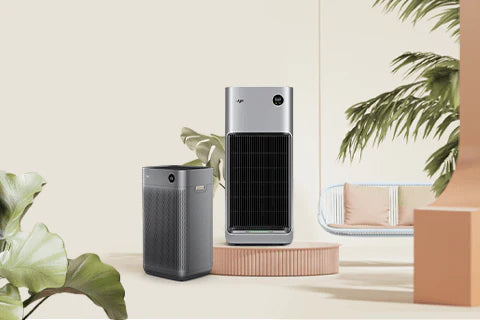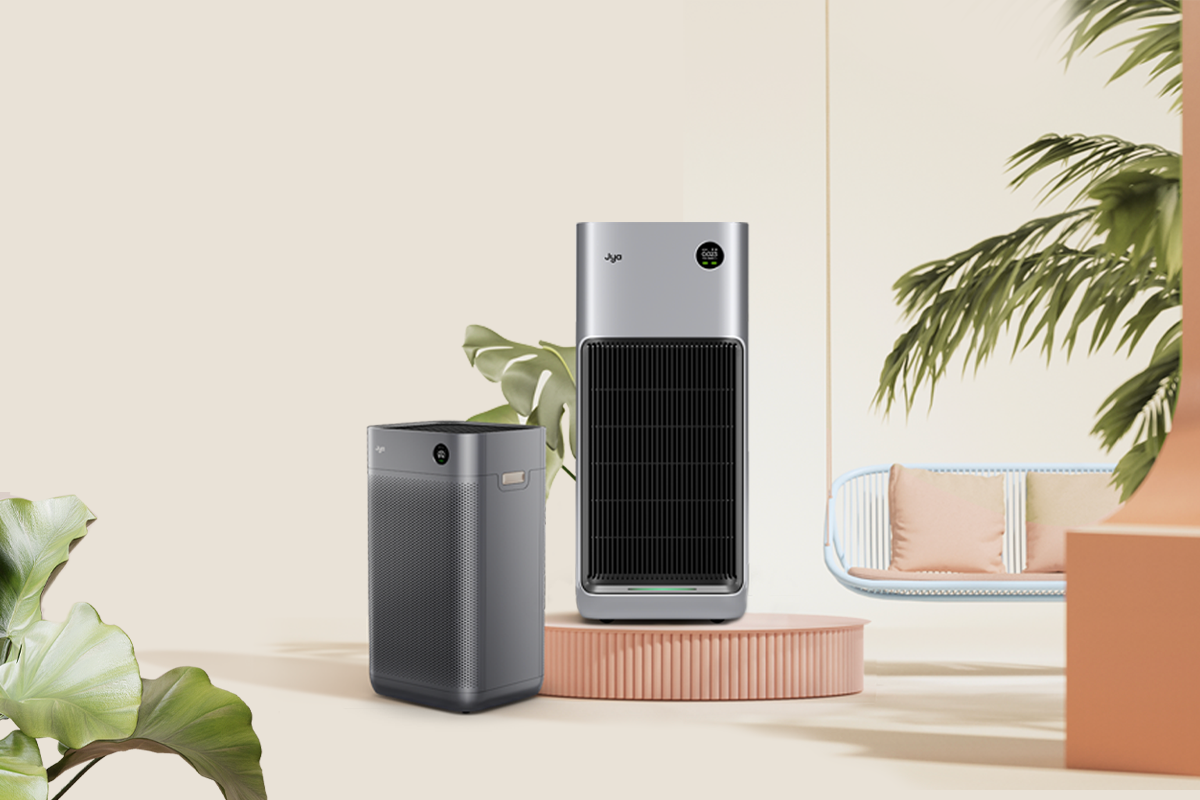Suffer from seasonal allergies? Enjoy the Springtime with these pollen-fighting tips
Are seasonal allergies common?
Seasonal allergies (also called allergic rhinitis or hay fever) are extremely common, affecting an estimated 20-30% of the entire global population. And that number is on the rise, largely due to longer growing seasons that increase our exposure to plant allergens. Between 1995 and 2011, warmer temperatures in the United States lengthened the pollen season by 11 to 27 days, according to one study. As a result, more and more people are developing sensitivities to these potential airborne allergens.
What causes seasonal allergies?

Allergies are common, and many substances that can trigger an allergic response. For example, dust, mold, certain foods, and pets are all potential allergy sources. When people talk about seasonal allergies, though, they are usually referring to an allergic response to pollen. In the Spring and Fall, common indoor and outdoor plants like trees, grasses, and weeds release pollen grains into the air to fertilize other plants. This pollen enters the nose and throat when you breathe, triggering unpleasant symptoms in allergy-sufferers.
When inhaled, our body incorrectly views pollen as a threat, which triggers an immune response. Your body’s natural defense system releases chemicals called histamines into your bloodstream to fight the pollen, and these histamines are what actually cause the common symptoms of seasonal allergies like running nose, itchy eyes, sneezing, and coughing.
How to fight seasonal allergies

One way to combat allergy symptoms is to block the effects of histamine with an antihistamine tablet, a common type of daily medication. As allergy-sufferers know all too well, though, these medications can present their own problems. Sleepiness and dizziness are common side effects of antihistamine medications. Another effective method to minimize seasonal allergies is to simply lower your exposure to pollen. While it’s likely impossible to avoid pollen completely, there are simple steps you can take to help:
-
Stay indoors when the pollen count is high
While not the most practical advice (and not always an option), simply staying indoors goes a long way in avoiding pollen exposure. It’s a good idea to keep an eye on the outdoor pollen count, so you’ll be aware when the risk is higher.
-
Keep your windows closed
While opening the windows in your home (or in your car) to let in the fresh Spring air may seem appealing, this dramatically increases your contact with pollen particulates.
-
Vacuum and dust as much as possible
Even if you keep your doors and windows closed, some pollen will inevitably make its way indoors. Being proactive with cleaning can minimize allergy symptoms.
-
Shower before bedtime
Pollen (and other airborne allergens) can get trapped in your hair or on your clothes during the day, which can exacerbate allergies at night while you sleep.
-
Use a household air purifier
The right air purifier with proper HEPA technology can remove almost all of the pollen from the air you and your family breathe at home. This is the single most effective method for avoiding indoor pollen exposure.
How to choose the right air purifier for your family

The Jya Fjord Series are the most advanced air purifiers we’ve ever made, with the latest filtration technologies. Here’s what makes the Jya Fjord Series air purifiers ideal for seasonal allergy sufferers:
Not all HEPA filters are created equal. Using the latest HEPA H13 technology, Jya Fjord Series air purifiers filter pollutants as small as 0.1 microns in size, capturing microscopic airborne allergens. Other air purifiers with lower grades of HEPA technology can miss these particles completely, as they will simply pass through the filter uncaptured.
-
Multi-stage Purification
Before air ever reaches the internal HEPA H13 NanoGuard™ filter in the Jya Fjord Series air purifier, it passes through a powerful carbon pre-filter. This initial stage of cleaning captures larger dust and pollen particles and neutralizes unpleasant odors. The result of this multi-stage purification process? 99.99% of particles over 0.1 microns in size are removed from the air you breathe, in minutes.
-
Automatic Cleaning
If the concentration of dust, pollen, or other airborne allergens increases in your home, your Jya Fjord Series air purifier can help you solve the problem. Advanced environmental sensors (PM particulates, TVOCs, and humidity) monitor indoor air quality in real time, automatically adjusting cleaning intensity to maximize indoor air quality (while remaining whisper quiet).
If you want to control your Jya Fjord Series manually, simply use the smart OLED touch display to manage settings and monitor air quality data. Or, use your preferred smart assistant, as the Jya Fjord Series is compatible with all three major smart devices and virtual assistants (Amazon Alexa, Google Home, and Apple Homekit).
If you suffer from seasonal allergies, try the Jya Fjord Series in your home and experience the difference.



